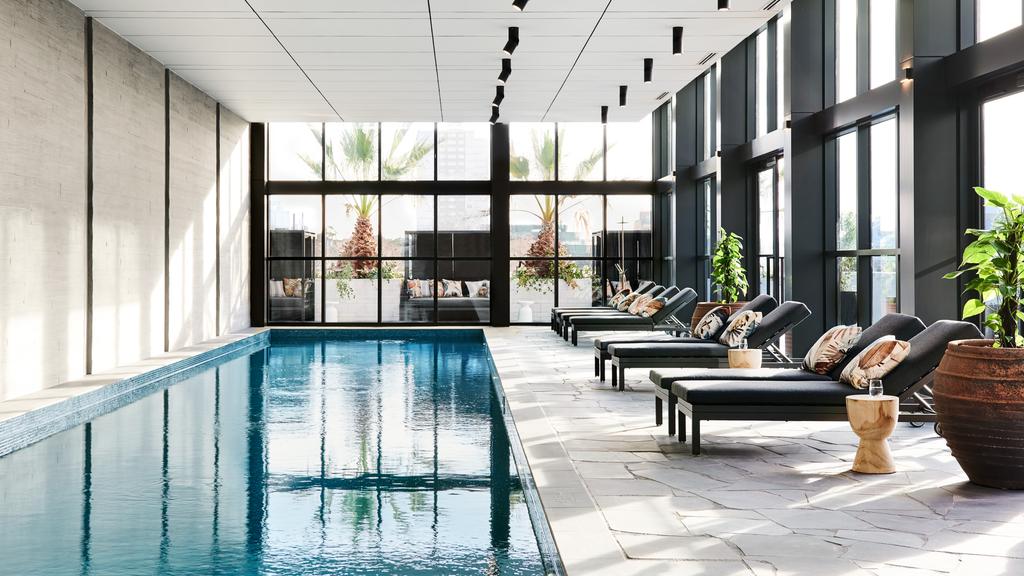Build-to-rent price premium a tough nut to crack: Savills report

Premium build-to-rent properties are increasingly attractive for developers but not so easy for tenants to secure. Picture: Lisa Cohen
The rental premium on built-to-rent (BTR) housing will make it difficult for the sector to break into the affordable end of the market, particularly as some projects are struggling to get off the ground due to rising costs, a report from a major real estate agency has warned.
As many of the new complexes are up-market, it means they are commanding weekly rents of 18 to 26 per cent above market rates, according to new analysis by Savills of the Melbourne market.
But the report did find that demand for the alternative rental product is there. Four Melbourne-based projects that have been open for more than a year had occupancy over 90 per cent at the end of the first quarter of 2024. Two other towers, opened for less than a year, reported a strong leasing trajectory at advertised prices.
Savills’ director of operational capital markets Paul Savitz said having a curated community and security of lease were major selling points for tenants, with these key points of difference to private rentals a reminder that BTR must be treated differently in policy, planning and taxation.
Investment in the sector has surged from its early stages and captured 8 per cent of all transnational dollars across the Australian real estate market last year. As a result, there are around 13,265 BTR units under construction in Australia and a further 32,300 that have or are seeking planning approvals. However, only 42 per cent of the development pipeline currently has funding.
“You look at the build-to-sell market, they sell off-the-plan … and that funds construction and they also can then get a construction loan,” Mr Savitz said. “That doesn’t occur in build-to-rent. You don’t get any deposit, you’ve got to fund the whole construction yourself and find capital which will fund that development. It’s got to stack up … but the rising construction costs, planning delays, tax impediments, increasing cost of that capital is impacting on the delivery pipeline.”
Earlier this month, the Albanese government put forward draft legislation that would allow eligible managed investment trusts (MITs) to claim a 15 per cent withholding tax rate on BTR projects on the caveat that one in 10 dwellings be offered as affordable tenancies at a minimum of 25 per cent discount to rent charged on similar properties in the building.
Property Council of Australia chief executive Mike Zorbas urged better drafting of the legislation to throw the weight of global institutional investment behind the asset class, which he believes “will strongly boost our ambitious national housing targets”.
“We urge the government to keep in mind that not equalising investment in Australian property and housing, in a globally competitive environment for capital, denies us access to a successful pillar of overseas strategies to create more quality housing, with greater security of tenure more quickly,” he said. “Get it wrong, and we’ve squandered a once-in-a-generation opportunity.”
While the Savills report highlighted BTR could help to provide around 1 per cent of the federal government’s ambitious housing target of 1.2 million homes by 2029, Mr Savitz said the cashflow hit of an affordable housing component may offset the apparent benefit of tax reductions.
“Having to deliver affordable housing, in certain circumstances, takes away the benefit of that MIT reduction … because obviously your potential net income is reduced,” he said. “From the perspective of some build-to-rent groups, they would say, well, you’ve given to us with one hand but taken away with the other.”







